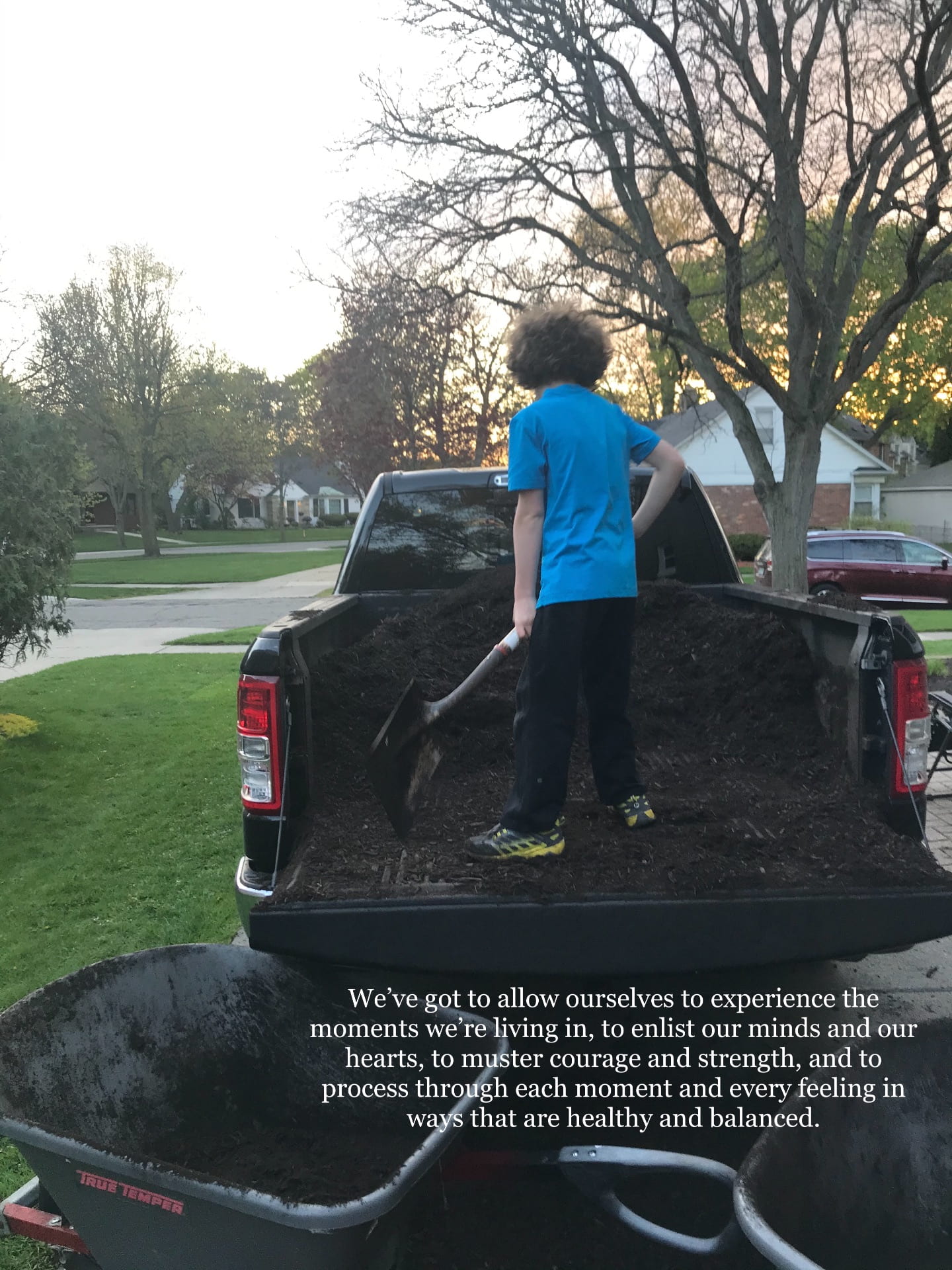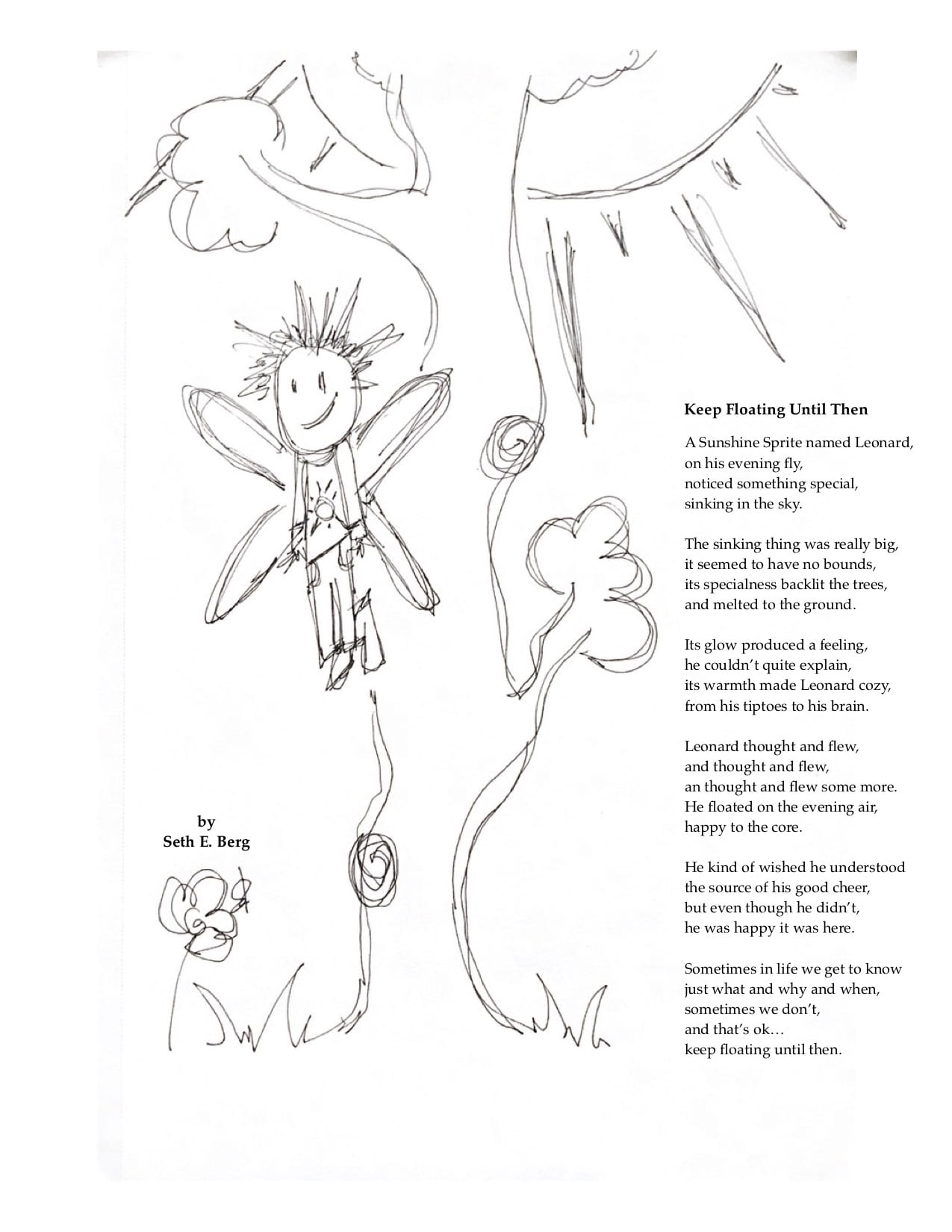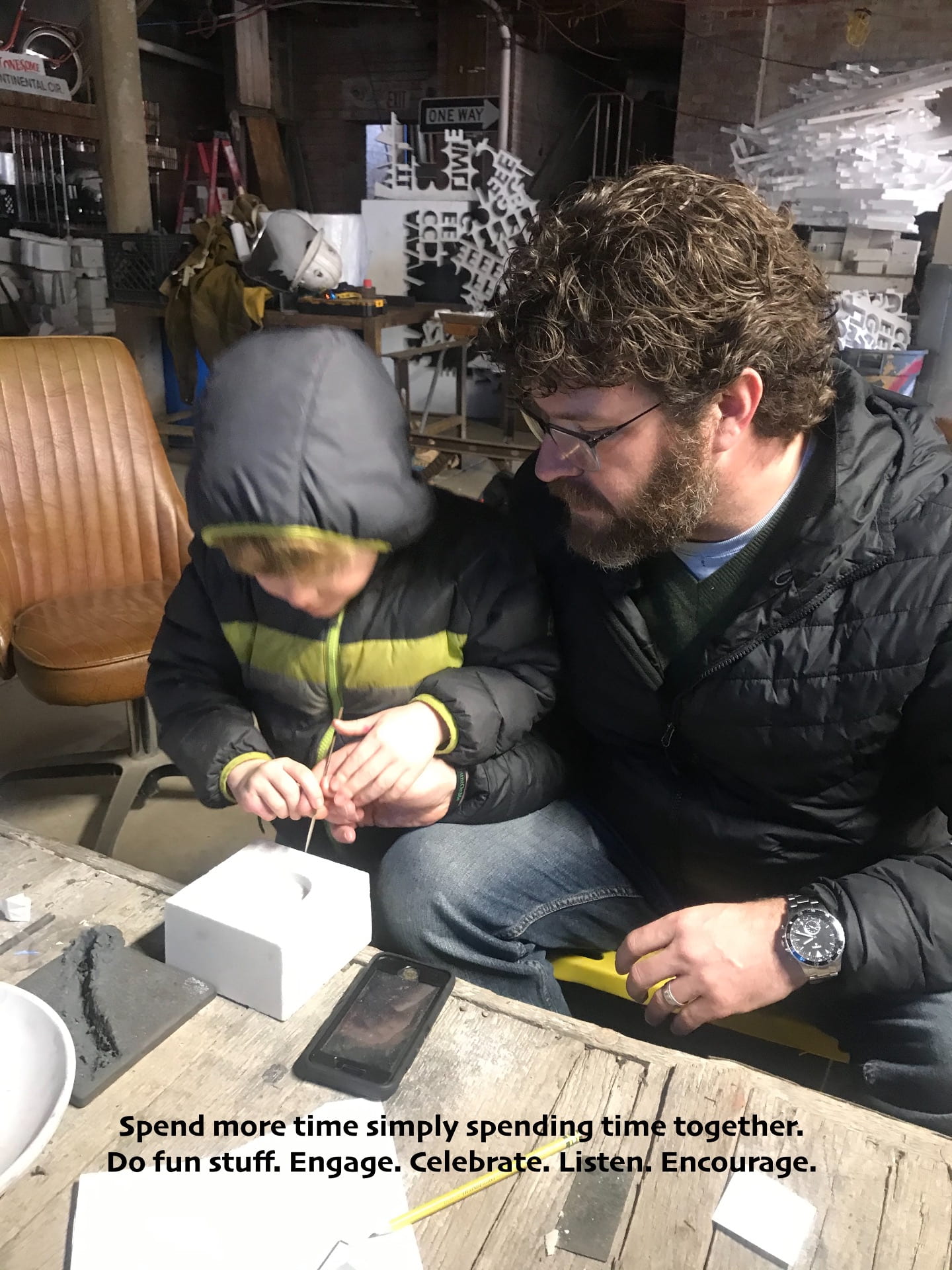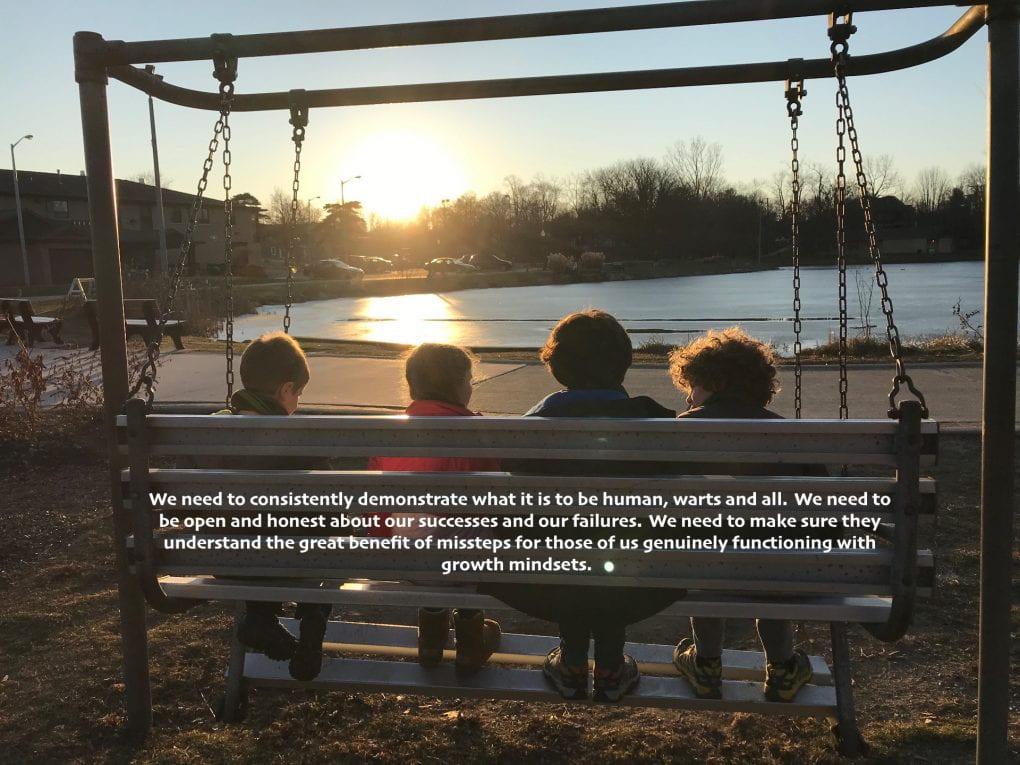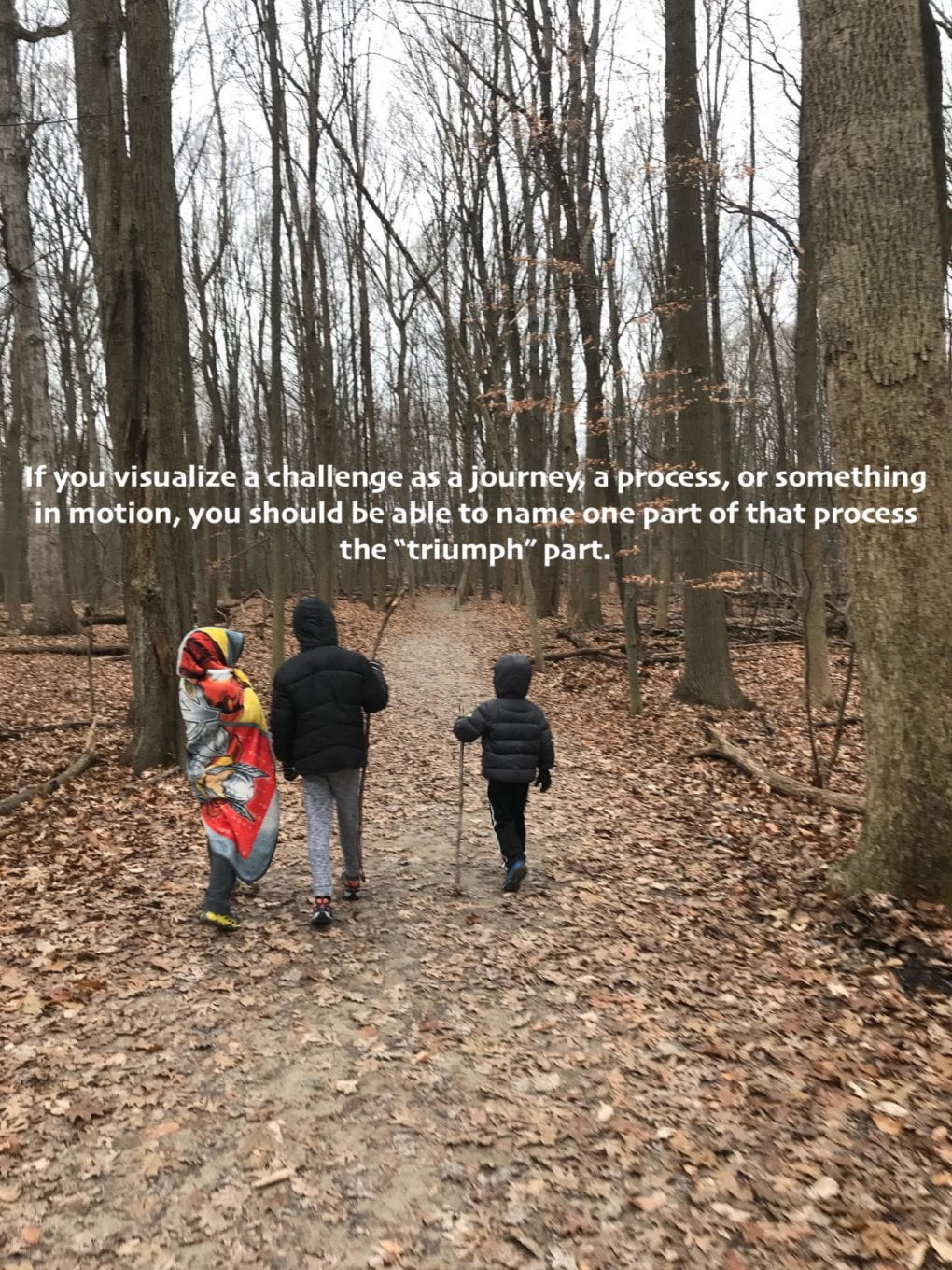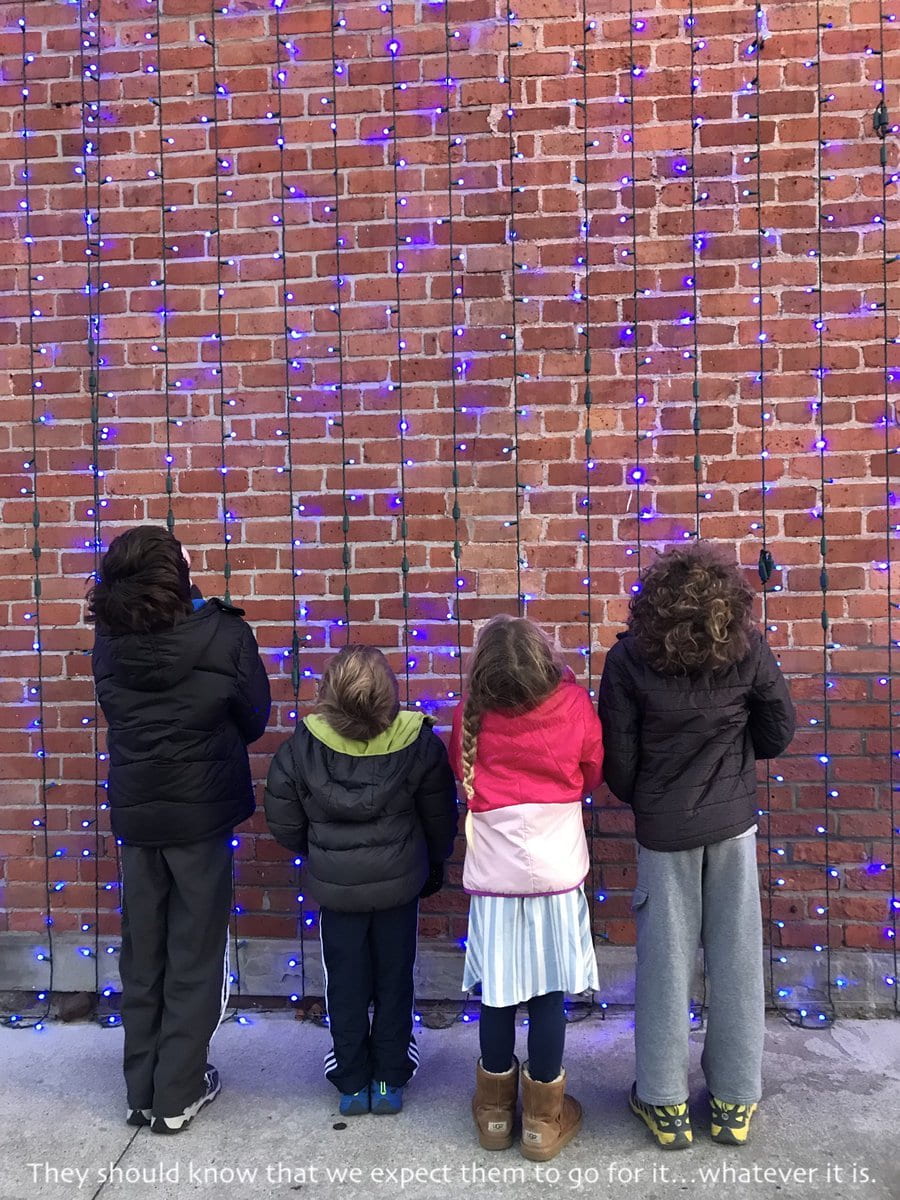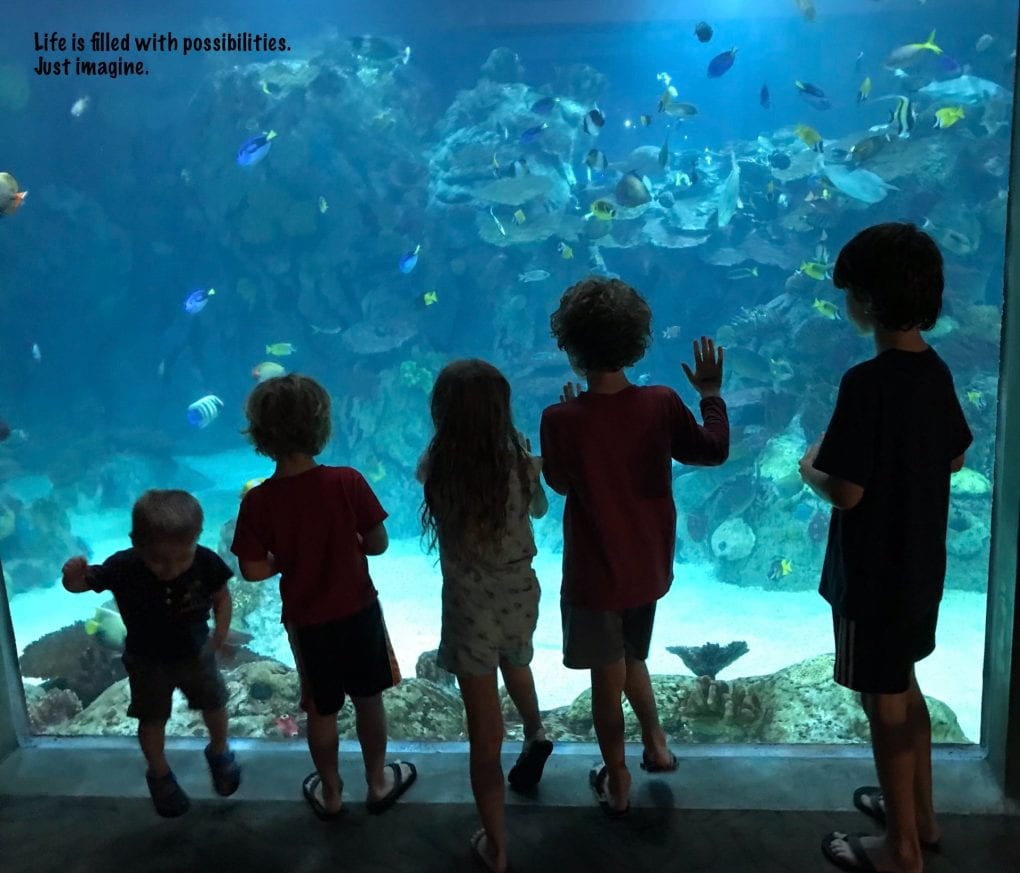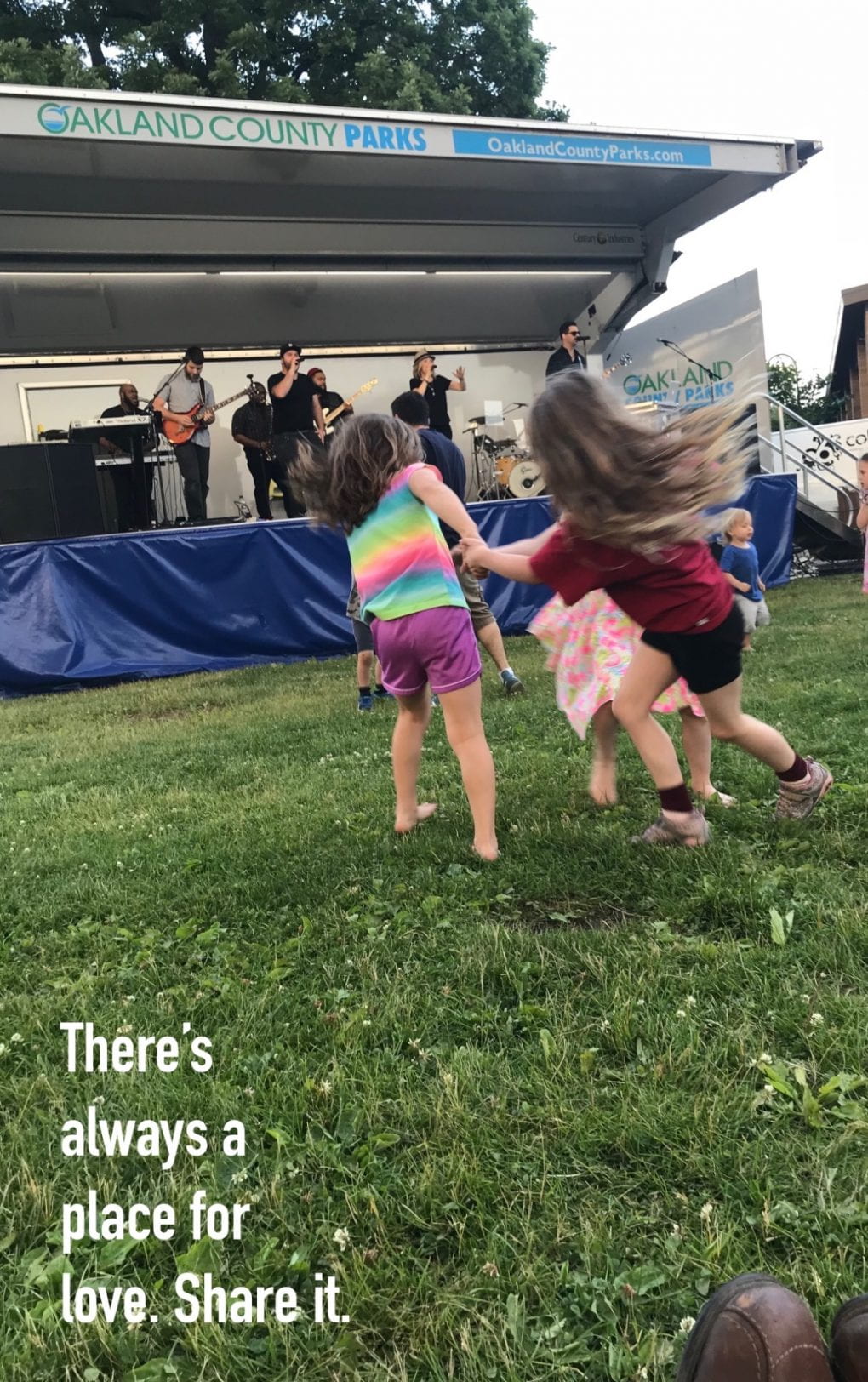The Importance of Embracing These Moments
A few weeks into this changed environment I looked back and realized my emotional bandwidth has been as broad as ever. Turns out a global pandemic sets the stage for emotional overload. Go Figure.
Also, this era-defining moment has presented me with an opportunity to progress monitor my resilience and emotional wherewithal. Now, I’ve found a flow.
I believe one reason I’ve been able to find this flow is the experience of accepting and intentionally navigating a wide spectrum of emotions.
The first couple of weeks were mostly about prep work, setting things up, getting things ready, figuring out what structures work best for me to function in my roles as a principal, a husband, and a father.
Lorelei and I imagined, constructed, reimagined, refined and implemented a system and a consistent pace in our house. At this point, the kids have all but taken both over with a good deal of independence. Our days are flowing relatively smoothly. It adds a foundation of balance.
I’ve spoken and written about the structured blueprint of our stay-at-home life on multiple occasions since the beginning. I’ll mention some particulars here as a side-note.
We have four kids, all elementary age. Our days begin with breakfast at 8:30 am, followed by a series of 45 minute sessions with10 minutes of transitional time for snacks, stretches and bathroom breaks in between each session. The sessions include “School Work,” “Fresh Air,” “Read and Relax,” and “Free time.”
We maintain these structures with a foundation of flexibility. We use the Zones of Regulation to see that we’re focused and ready to go for each session. If were not, we flex. We have a lot of conversations. We give the kids ownership and autonomy through which they’re demonstrating some wonderful independence.
The few days I wrote about above came shortly after these structures were solidly in place, just after I was able to take my first breath, knowing we were on the right path with regard to some normalcy and balance for the kids.
After the initial setting of the stage I was able to turn to my own feelings about the challenges we’re facing. In doing so, my broadened emotional bandwidth came into play. I was really sad for a few days.
At first, I didn’t completely understand the sadness, where it came from, or why it was so intense. In hindsight it would seem obvious, but it wasn’t. I wanted to be “stronger than that,” and I had some trouble letting myself accept and appreciate that strength may not be in how you feel, but in how you respond to what you’re feeling. Upon letting go and falling into my emotions, I realized they needed my attention.
Paulo Cohelo said, “You drown not by falling into a river but by staying submerged in it.”
What seems to have worked for me, and what I recommend, is that when we fall into a river of emotion, no matter the emotion, we recognize and accept that we’re there.
I recommend that we look around ourselves, inside and out, for methods and means to rise to the surface and emerge. The difficult journey out might take an hour, it might take a day, and it might take a week. If it takes longer than that, I recommend asking for and embracing help from others.
In my case, during this round of processing, it took just over 2 days. I emerged with enhanced strength and clarity of vision. I’ve since been in the flow I mentioned above.
I suspect I’ll fall into a river of emotion again during this challenging and unusual time, however it unfolds. I hope that when I do I can see clearly the value falling into the river has, along with the value of finding ways to emerge. That’s my plan, anyway.
We’ve got to give ourselves time, space, understanding and compassion. We’ve got to allow ourselves to experience the moments we’re living in, to enlist our minds and our hearts, to muster courage and strength, and to process through each moment and every feeling in ways that are healthy and balanced.
Let’s not be too cautions about sharing our emotional truths. Let’s not turn our heads or our hearts away from those who share their emotional truths to us.
In this relative isolation, we are truly not alone. We are together in our humanity.
In it together for the kids!
Live. Love. Listen. Learn. Lead. Thanks.
